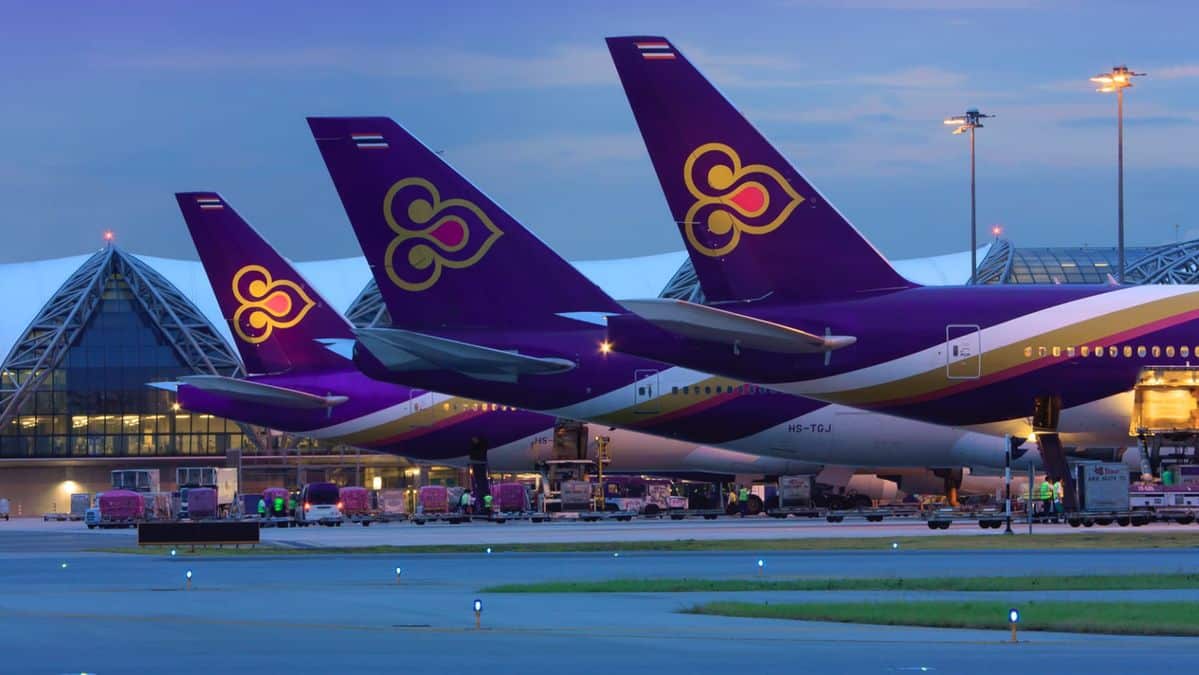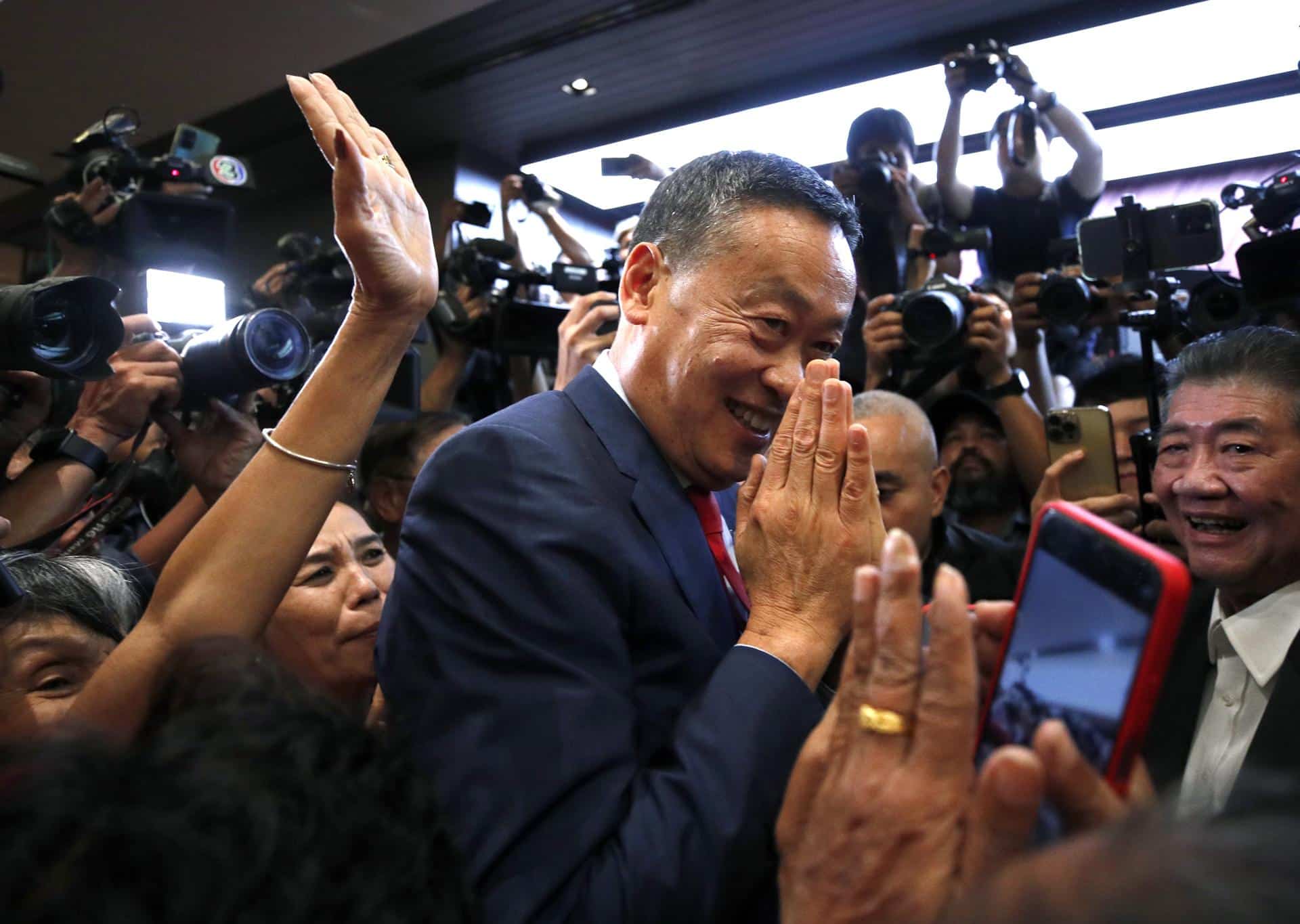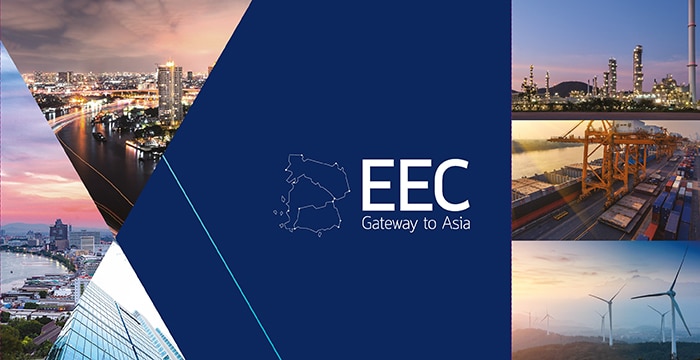The approach taken by the Thai government to establish the nation as a leading center for aviation and logistics in Southeast Asia has been met with favorable feedback from airlines.
However, persistent apprehensions remain regarding airport congestion and the significant financial commitments required to accommodate the increasing demand. Recently, Prime Minister Srettha Thavisin unveiled strategies designed to encourage more international airlines to expand their operations within the borders of Thailand by capitalizing on the country’s strategic geographical location.
The executive chairman of Asia Aviation Plc (AAV), the principal shareholder of Thai AirAsia (TAA), Tassapon Bijleveld, underscored the criticality of substantial investments in order to establish Thailand as a regional aviation epicenter. The speaker emphasized the critical matter of near-maximum capacity at Suvarnabhumi and Don Mueang, the two primary airports in Bangkok. Suvarnabhumi Airport, which handles a significant proportion of incoming aircraft to Bangkok, is particularly burdened by intense congestion. Furthermore, Tassapon highlighted the geographical constraints that impede the growth of Phuket Airport, which Bangkok Post reports is the second-largest international air traffic center in the country.
Developing all-encompassing, long-term strategies to convert Thailand into a prominent aviation center able to accommodate expanding airline fleets and passenger volumes is of the utmost importance. Tassapon emphasized the insufficiency of the existing infrastructure, pinpointing the solitary passenger terminal at Suvarnabhumi Airport as a constraining element. Notwithstanding the recent establishment of a satellite terminal, the current infrastructure continues to be insufficient in capacity to handle the increasing volume of international flights.
“Becoming an aviation hub may entail a significant time investment and substantial financial commitment, but it is imperative for the government to delineate a clear plan and initiate action expeditiously,” said Tassapon. To alleviate congestion in Phuket, he suggested potential solutions such as enlarging Suvarnabhumi Airport or constructing an additional airport in Phangnga.
Tassapon provided additional commentary regarding the government’s strategy to grant international status to provincial airports, including those in Udon Thani, Khon Kaen, and Buri Ram. Although airlines support this initiative, Tassapon emphasized that the government must provide unwavering support for long-term development efforts and mitigate project delays, as has been the case with certain airport expansion endeavors.
The endeavor to establish Thailand as a prominent center for aviation and logistics entails a complex array of challenges that demand the collaboration of the public and private sectors. In order to enhance the nation’s connectivity within the global air transport network and attract international airlines, it is critical to prioritize the resolution of infrastructure limitations and the facilitation of uninterrupted operations.
Thailand’s logistics capabilities must be strengthened through investments in ancillary infrastructure, including transportation networks and cargo facilities, in addition to airport capacity expansion. By effectively integrating air, sea, and land transport modalities, Thailand can bolster its competitiveness and operational efficiency, thereby establishing itself as a prime destination for global trade and commerce.
Furthermore, the establishment of favorable regulatory conditions and the execution of policies that promote the expansion of the industry are of the utmost importance. Promoting regulatory compliance, streamlining bureaucratic procedures, and offering investment incentives will inspire confidence among stakeholders and encourage continued involvement in Thailand’s rapidly expanding aviation industry.
Effective cooperation between governmental and private sector stakeholders is critical for surmounting obstacles and achieving the objective of positioning Thailand as a leading center for aviation and logistics in Southeast Asia. By placing emphasis on strategic investments, cultivating innovation, and establishing a conducive ecosystem, Thailand has the potential to leverage its geographical benefits and establish itself as a significant participant in the international aviation sphere.











